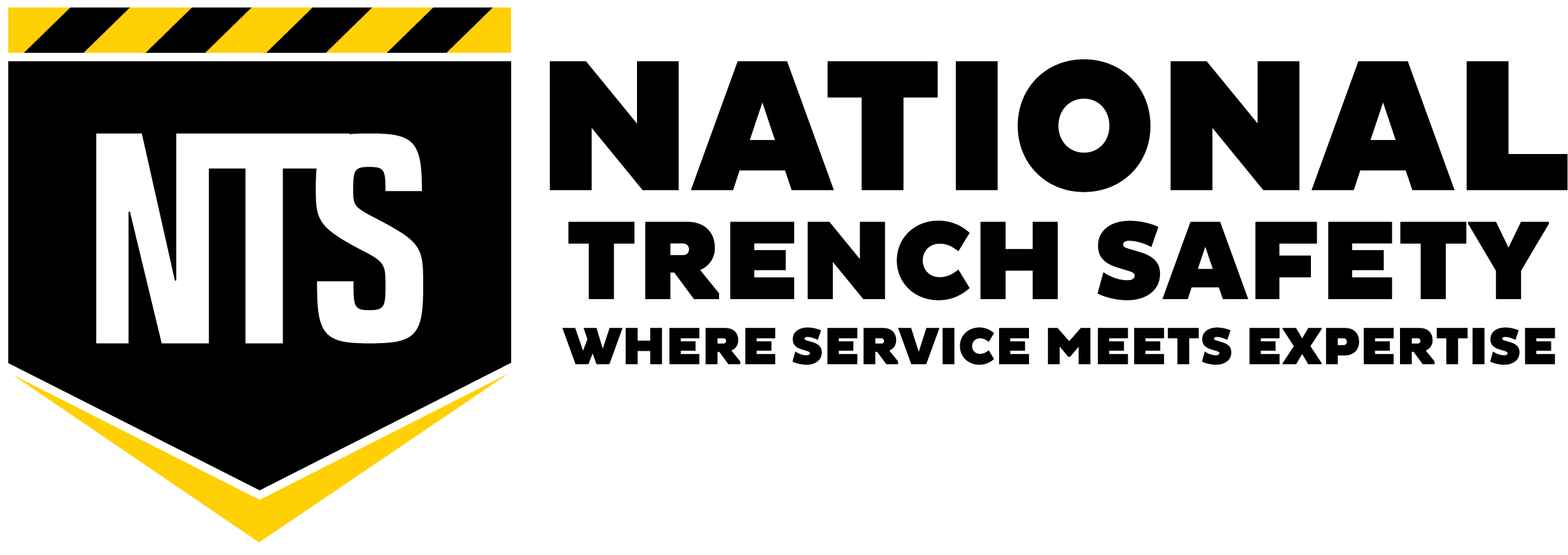The following report was developed and written by the National Utility Contractors Association (NUCA) and is being published under NUCA’s express permission. If you would like to learn more about NUCA or this report you may contact NUCA at (703) 358-9300 or through its website, www.nuca.com.
History
Crystalline Silica (silica) is a common component of the Earth’s crust. After long periods of exposure to silica, a respiratory health condition called silicosis can develop, which can limit lung capacity, create inflammation in the lungs, and cause difficulty breathing.
The Occupational Safety and Health Administration (OSHA) first set a standard for workers exposure to crystalline silica in 1971. Since then, the permissible exposure limit (PEL) for respirable silica has been 250 micrograms per cubic meter. According to the Center for Disease Control (CDC), the number of deaths from silicosis declined from 1,065 in 1968 to 165 in 2004, and has declined further to 101 in 2010. In 2016, OSHA finalized a new, more restrictive and comprehensive rule that lowers the PEL to 50 micrograms per cubic meter. The rule becomes effective June 23, 2016 and compliance must be met by June 23, 2017.
Compliance
OSHA’s silica rule is incredibly complicated and this white paper is intended as an overview. In addition to the mandatory requirements all employers must follow in the rule, employers have two options for compliance: Following a set of laid out engineering controls or developing an exposure control system within OSHA designated parameters. All employers must have a written control plan that describes how employers will control employee’s exposure to silica dust, a medical surveillance plan for employees who use a respirator for more than 30 days per year, a written plan describing how employees will be trained on silica exposure, and a plan for recordkeeping of required air-monitoring, compliance, and medical surveillance data.
Engineering Controls
OSHA has laid out, within the rule, a series of 18 tasks and the engineering controls that, if followed, would constitute compliance. OSHA believes these tasks make up the vast majority of construction activities that generate potential exposure to silica above the PEL of 50 micrograms per cubic meter. These tasks are outlined, with their control method, and respirator requirements in Table 1 of the rule. Tasks are prescribed a particular control method for activities performed less than 4 hours per day and more than 4 hours per day. If employers follow Table 1, they do not have to follow the PEL.
Exposure Controls
If tasks are not listed on Table 1, an employer cannot adhere to Table 1, or an employer chooses not to follow Table 1, exposure controls must be implemented. This method requires employer ensure no employee is exposed to airborne silica at a concentration greater than 50 micro grams per cubic meter over an 8 hour average. The employer must assess the exposure levels.
There are two options for this: performance and scheduled. The performance method requires employers to assess their employee’s exposure through any combination of air monitoring or objective data. The scheduled monitoring option is a prescribed monitoring system that OSHA outlines that includes initial monitoring to assess an 8-hour average exposure. The exposure control method also requires an employee notification process of the assessment results.
Why This Rule is Problematic
NUCA members, and the construction industry, will be significantly harmed by this rule. First, OSHA has not proven that this rule is necessary, nor that it will achieve its intended goal of limiting silica related deaths in construction. The prevalence of silica related deaths has decreased significantly since the 1960’s. Second, OSHA substantially underestimated the cost of compliance with the rule for the construction industry. A report released by the Construction Industry Safety Coalition (CISC), of which NUCA is a member, found that OSHA’s rule will cost the industry $5 billion per year, or roughly $4.5 billion per year more than OSHA’s estimates. Compliance with this rule will require extensive costs associated with retrofitting equipment; purchasing tools and equipment compliant with the rule; scientifically measuring air quality; and providing medical screenings and healthcare. Third, OSHA has made compliance with this rule infeasible. The wide variance of locations, equipment, conditions, tools, and mobility within the construction industry makes pairing engineering and exposure controls for practical use impossible.
Lawsuit
NUCA, through the CISC, has filed suit against OSHA challenging the rulemaking process, the credibility of OSHA’s supporting evidence, the validity of OSHA’s cost-estimates, and the sufficiency and accuracy of OSHA’s justification. The case will be heard in the U.S. Court of Appeals for the District of Columbia.




